In recent years Kristian Aro is recognized more for his work with his soul brother, Paul Corfiatis, but he was a pretty prolific solo author prior to joining up for Death Tormention II and later 2002: A Doom Odyssey. It's actually pretty fascinating to follow, from the very early and rough 20 Days in Hell to the functional 32 Hours in Pain, afterward hitting his stride with 1 Day of Hellish Revenge. The Brotherhood of Ruin found its way into Doomworld's Top 10 WADs of 2003 but its original date of release - wherever that happened to be - was 2001. It's a seven-map episode for Doom II, was designed to be played in Boom-compatible source ports, and is primarily themed around the ancient Mesoamerican temple texture set used in Hexen II's second hub.
RUINBROS doesn't have any sort of a framing narrative and it's not inclined to provide anything to be discerned from its environmental design. Its novelty rests entirely on the aesthetic of the setting which as mentioned exploits a classical look, heavily informed by the Aztecs as well as details cherry-picked from other, similar cultures that I wouldn't recognize because I'm not a scholar of Mesoamerican antiquities. Aro's microcosms consist of outdoor areas composed of exposed rock, courtyards to give the overgrown step pyramids and temples a more relatable feeling, and the interiors of these places.
The indoor sections are not inherently interesting on their own. They succeed in part because Aro has included a number of elements that work together to element their boxy, utilitarian chambers. One of the biggest is the inclusion of world-building windows; they serve as peepholes into surrounding environments, existing only to be glimpsed. These portals are also used to add a sense of connectivity, whether to other chambers or the landscapes from which you just entered. I also like the author's attempt at lightcasting. It enhance the claustrophobic, moody feel and complements running into monster closets every few meters.
Congestion and paranoia dominate in the Brotherhood's inner sanctums. They're rarely so overrun that I felt like I was completely at the author's mercy but there are a few fights - particularly one near the very end - where I felt overwhelmed. At the end of your adventure you will have a sixth sense for when an ambush is likely to occur and where it is bound to come from. The frequency and immediacy of these traps may be the primary stumbling block for potential players. Their predilections may have them quitting in rage or resigning out of bemusement at the sheer predictability. Will the novelty of Aro's Aztec trappings be enough?
From what I can see, the average user is not put off at all. The constant explosions of combat combine with the claustrophobic confines and painstaking lightcasting to create a cocktail that is capable of carrying the set purely by the merits of its atmosphere. The journey being limited to a total of seven levels certainly helps. Standout encounters are few and far between when your maneuverability is limited to narrow corridors and small square chambers; the adventure as a whole tends to blends together. I have a better memory of the outdoor yards that serve as the connective tissue.
The naturalistic landscapes and temple lawns complete with building facades serve as much stronger set pieces. The sheer size of the available playing area offers the potential for more dynamic encounters. Sometimes it's a result of having to dodge attacks from multiple angles as enemies peer over ledges on the periphery but more space benefits monsters in the field as well. One of my favorite fights involved turning the low ground into a demon mosh pit while cacodemons started filtering above your upper tier. You're still technically highly mobile but a lack of situational awareness could drop you into a brook which isn't inherently hazardous but might expose you just enough for your foes to get a few cheap shots in.
The environmental pacing of Brotherhood involves the interpolation of these two elements, helping to distract from whatever shortfalls may exist with the combat within and the lack of atmosphere without. Mood lighting is virtually nonexistent in the outdoor spaces and while you'll see occasional tricks like wooden awnings and monumental structures their realistically rectilinear nature robs them of the sort of awe that you experience when seeing some of the wall carvings and floor reliefs. There are still cool things, to be sure, but RUINBROS succeeds because Aro directs you through the layouts in such a way that you never spend too much time at either extreme.
The set is technically pistol start friendly but I would definitely treat it as a challenge mode to be tackled after a normal run. You'll absolutely want to know where the secrets are because they contain essential weapons. For instance, MAP04 is just about impossible without grabbing the rocket launcher from a concealed closet in the opening room. Other signs include situations like MAP03, which has a lot of cell ammo but the plasma gun itself is only found near the end. Continuous players can carry over a hidden energy weapon in the previous map and have a considerably easier time. Ammo for me was so tight that I had to resort to survival-style gambits like punching stuff to death, manipulating monsters into infighting, and just plain leaving inessential foes behind. I can't promise that a continuous run will eliminate the scarcity situation but you'll be far better off than had you try each one from scratch.
Brotherhood hasn't left the largest legacy but its influences can be plainly felt in Alando's Temple of the Lizard Men series, particularly those moments where I had to activate two parallel switches in a room in order to open up a gate. Sometimes there was enough linearity and repetition at these points that I felt less like I was running a gauntlet of nested monsters and more a switch marathon. You're equally likely to find yourself backtracking through yards and between structures in an effort to reach the final gate. You might even get lost! Most of the time, though, you'll be drawn through the Aztec-like ruins by the atmosphere and aggressive drip feed of action.
Aro has a handpicked selection of tunes. Roughly half of them are courtesy of Paul Corfiatis and I assume originals. There's an air of suspense about them and the first time I heard the thunder in MAP01 I thought that it was some kind of ambient noise. Of the rest, three were composed by Raven Software strongman Kevin Schilder, though the one track from Hexen II actually belongs to the Greco-Roman themed hub. Classic Doom trivia buffs may note that one of Peter Thomaselli aka Kniggit's public domain tunes appears here. Gaston Lahaut apparently found it unfit for his Mordeth project but it slotted right in The Brotherhood of Ruin!
RUINBROS is a really cool mapset and has a theme that's rarely seen outside of stuff featuring reptilian people straight out of Hyperborea. And maybe a Mayan Mishap or two. Gameplay snobs will likely take issue with its stop-start pacing but you won't find a more substantial work leveraging Mesoamerican iconography. At least, not without mixing in Egyptian stuff too. I'm looking forward to see what Kristian did some twelve years later with Lost Temple.


THE BROTHERHOOD OF RUIN
by Kristian Aro
SAVE YOUR HISSES FOR ME
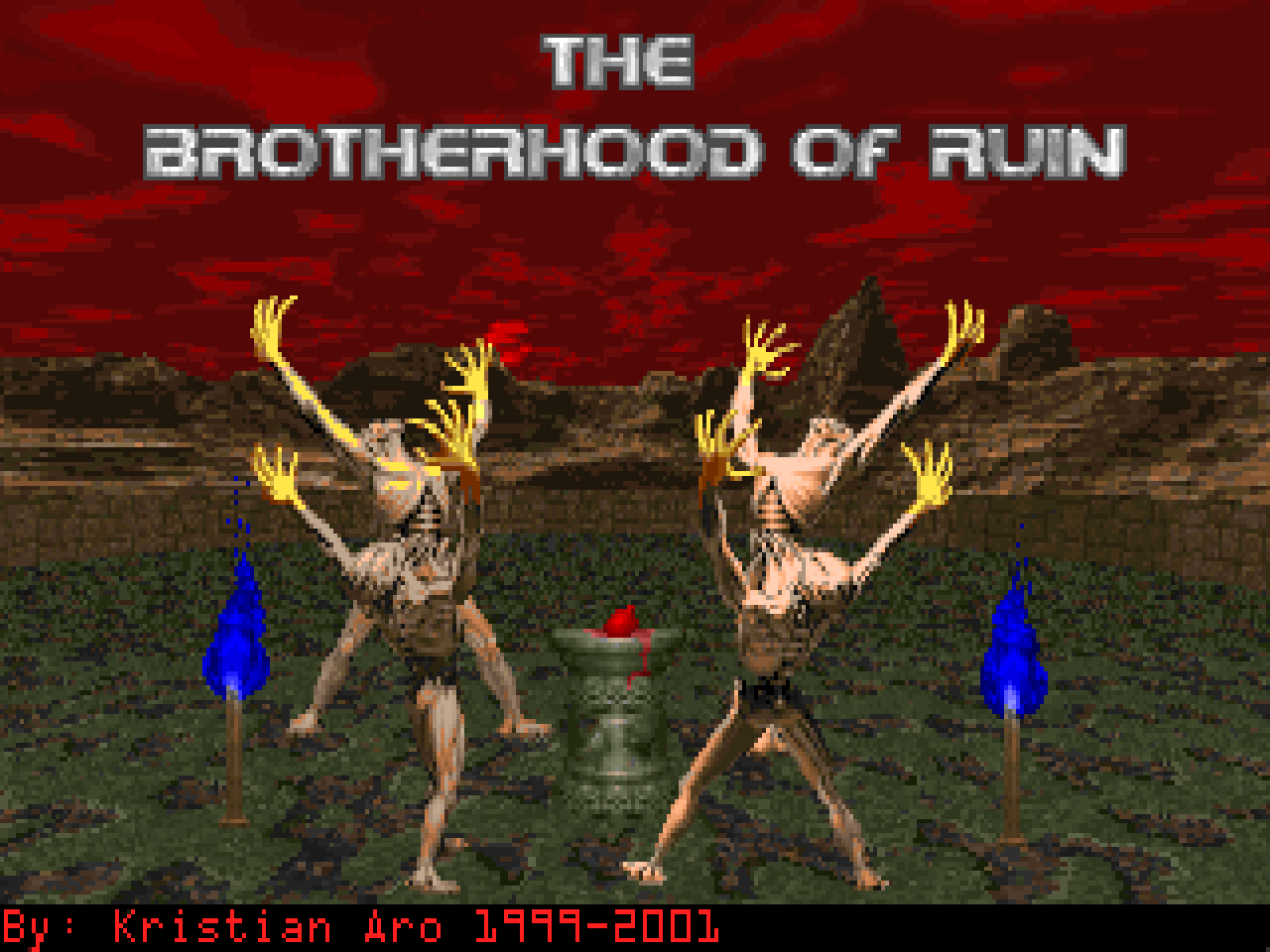



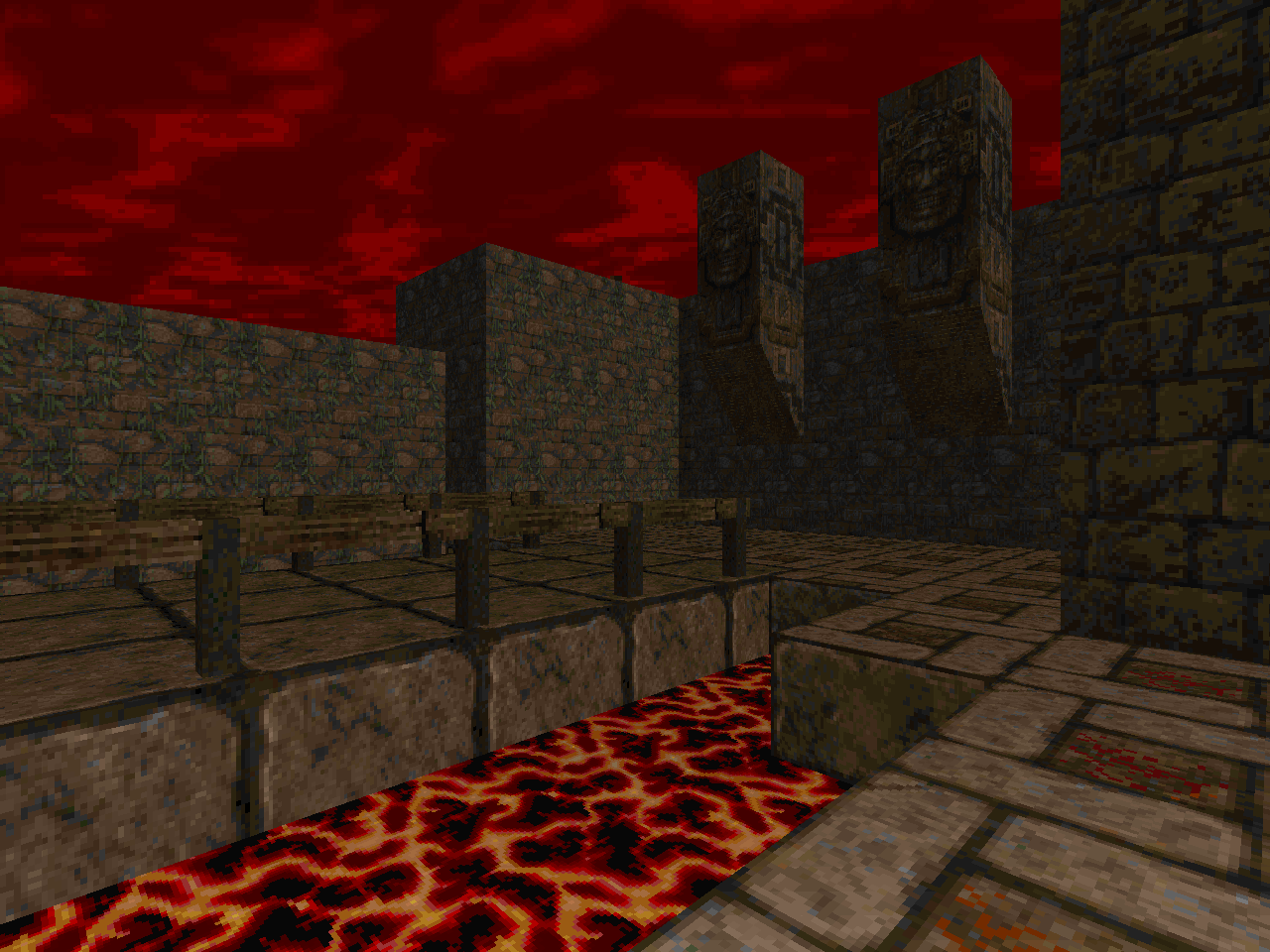
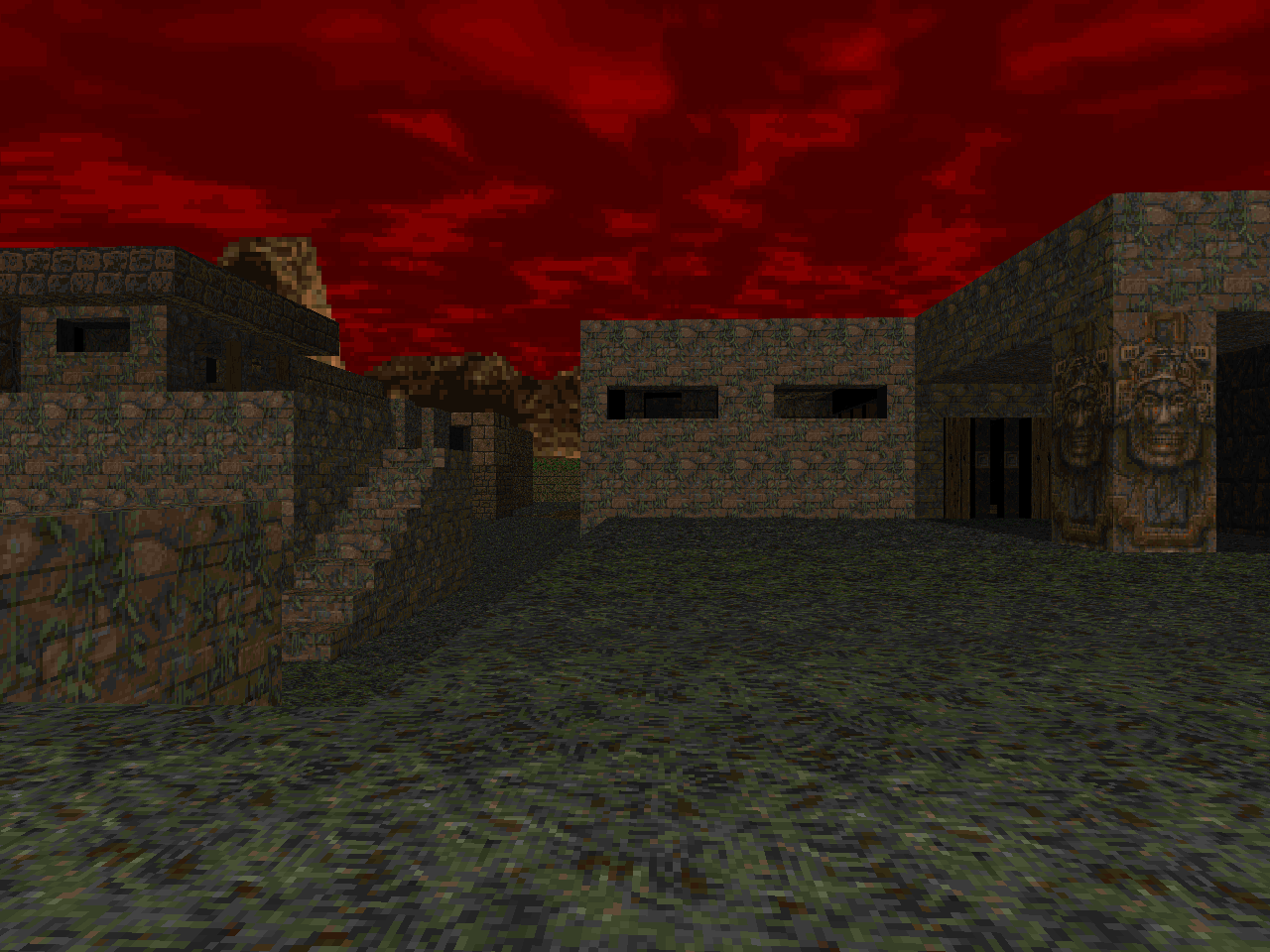

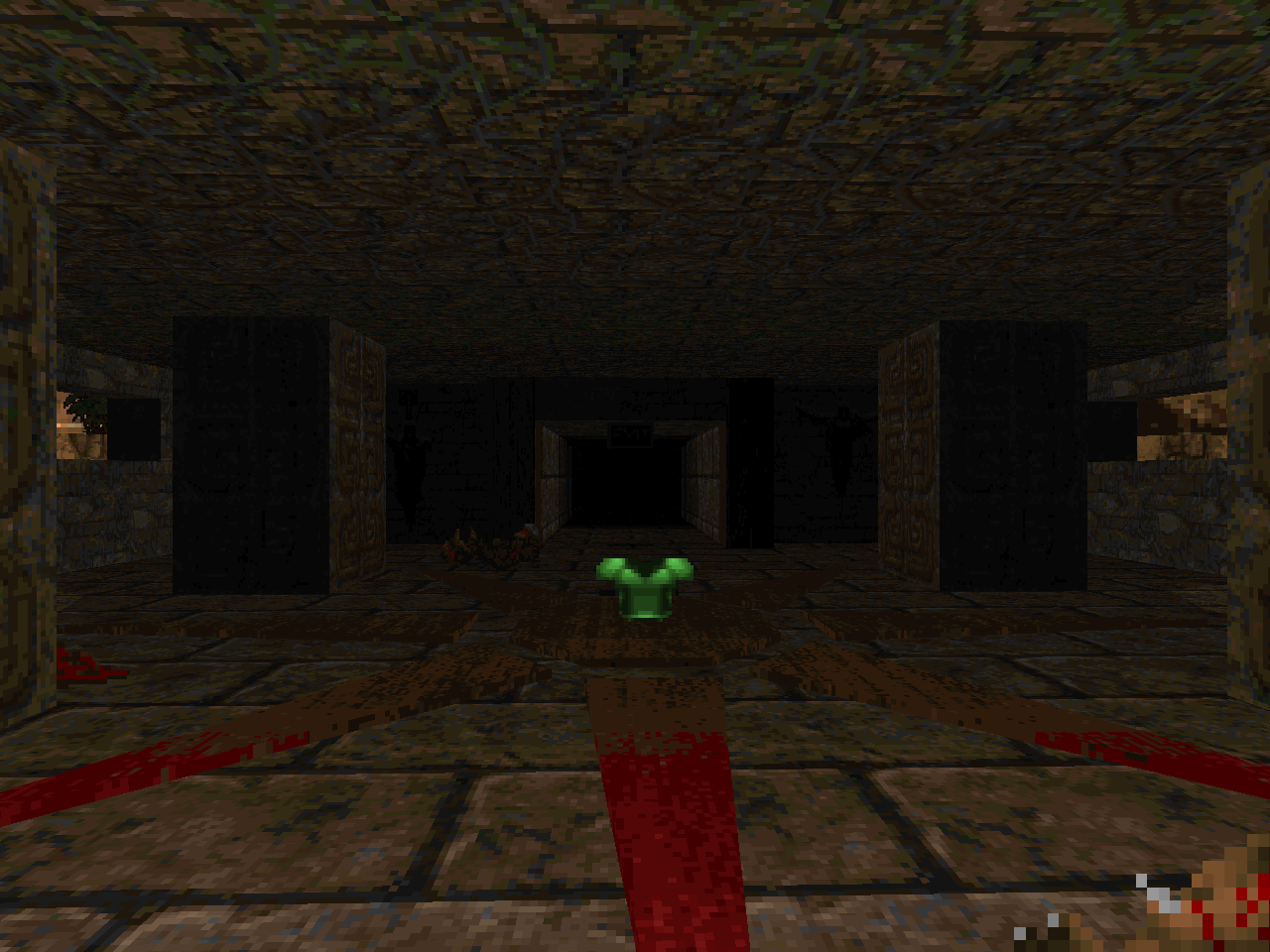
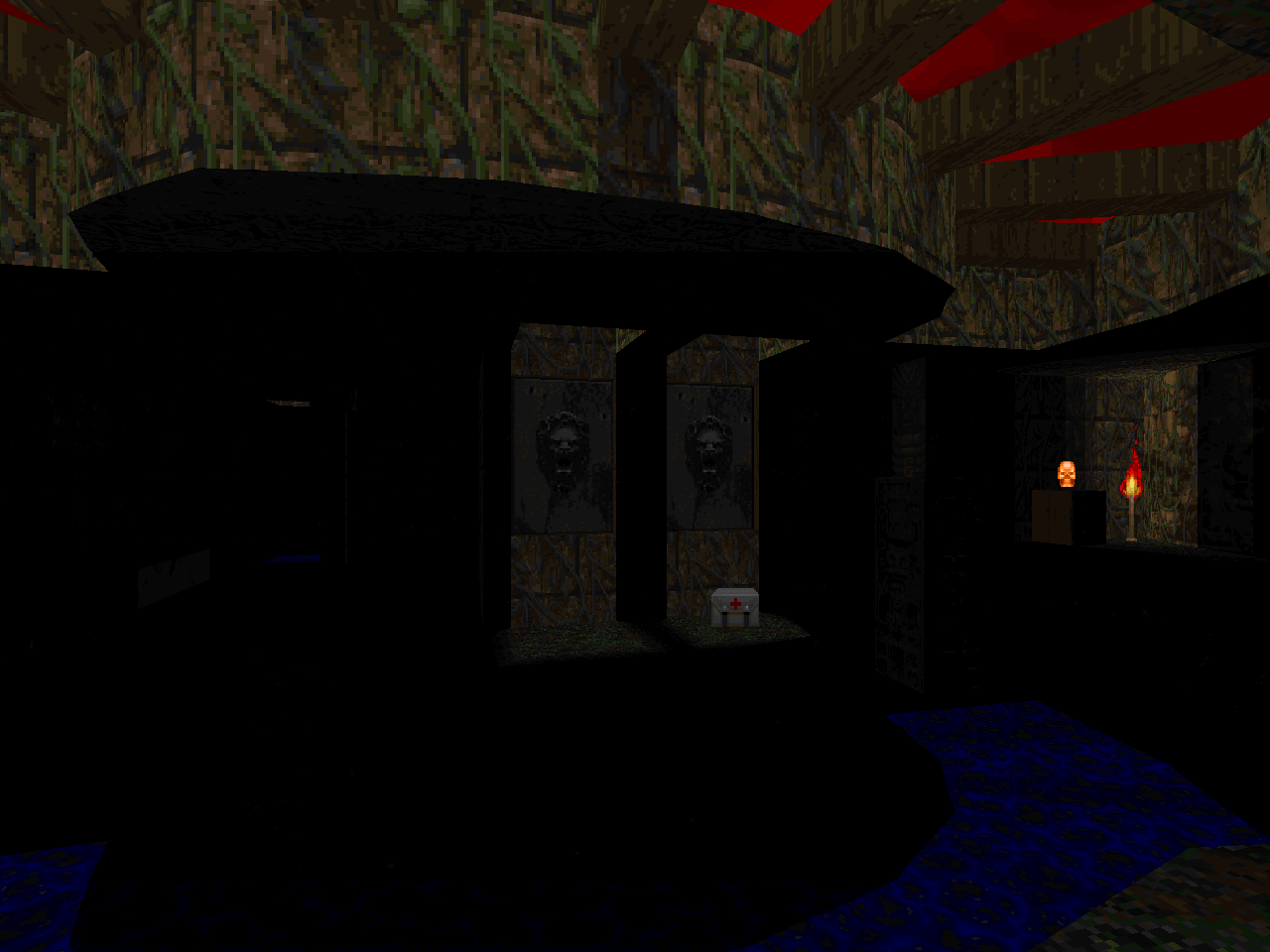
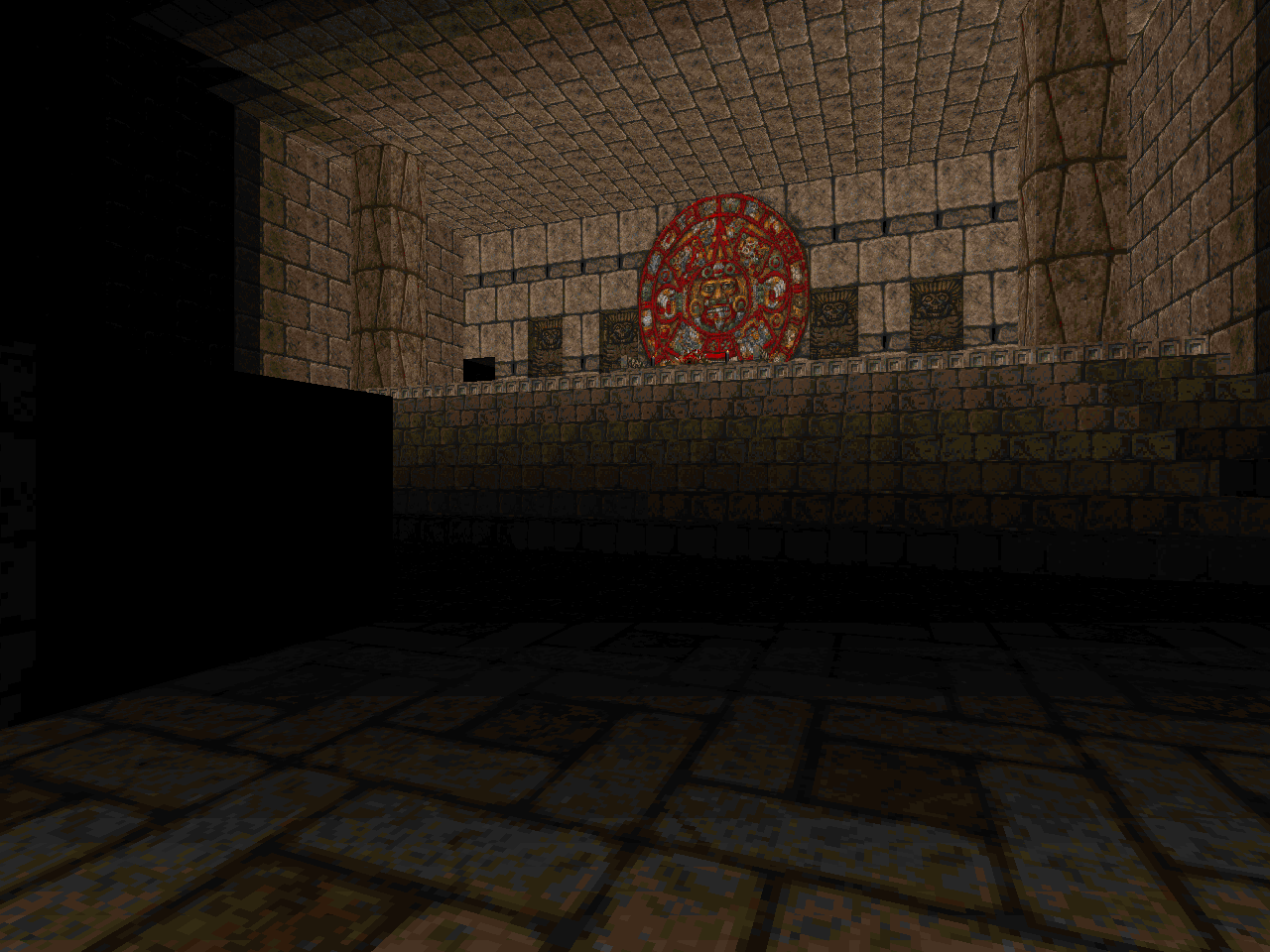
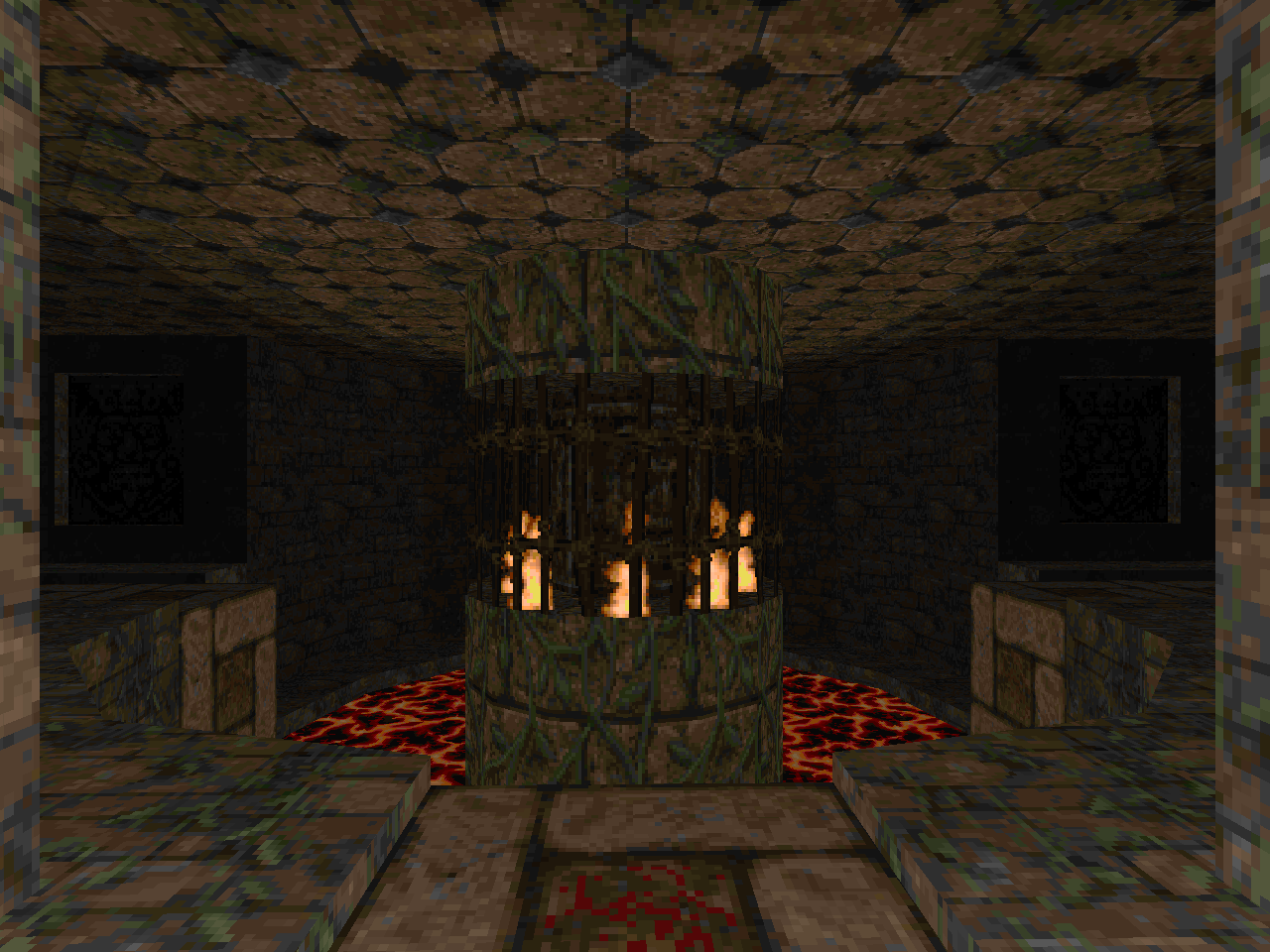

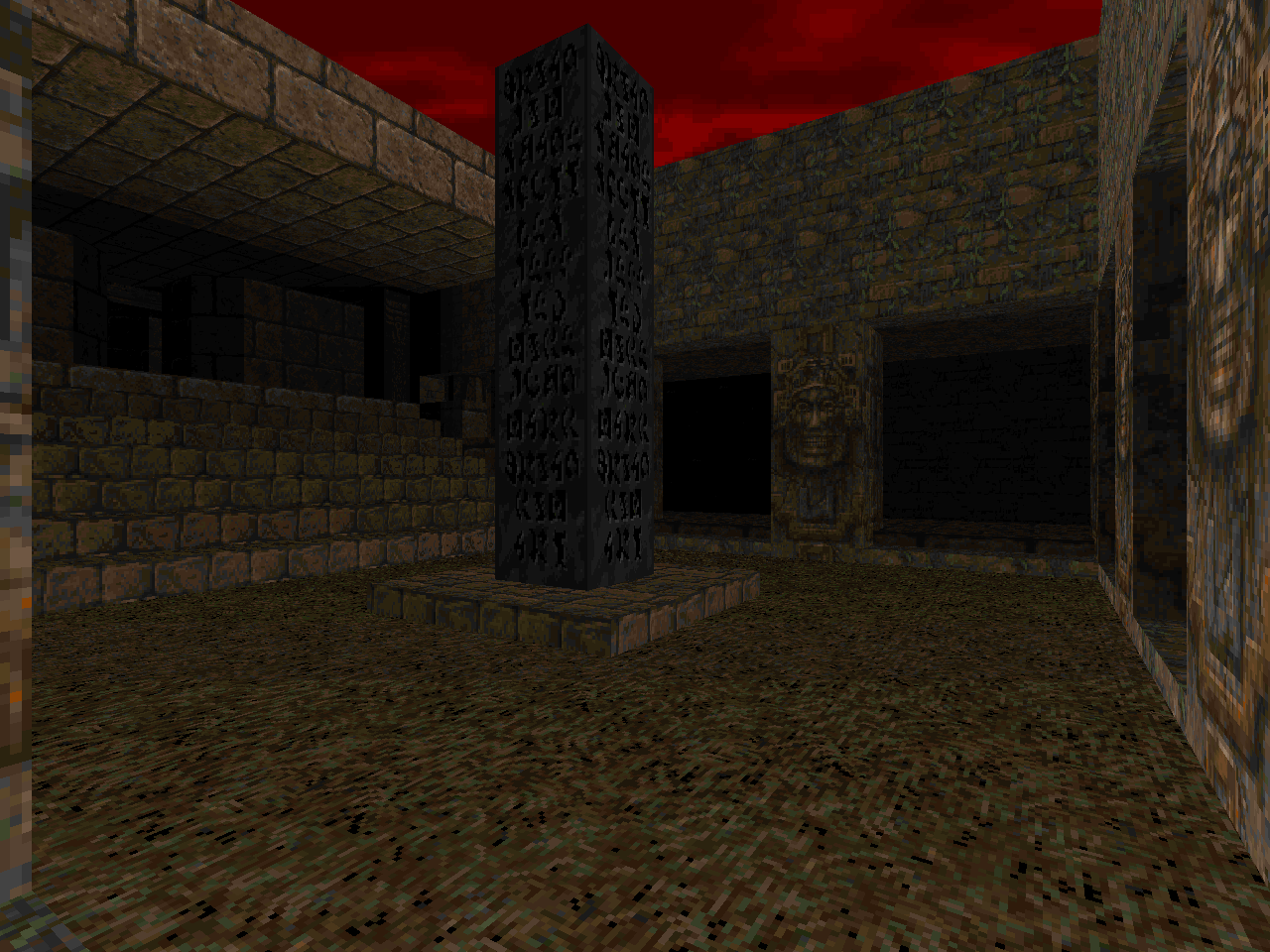
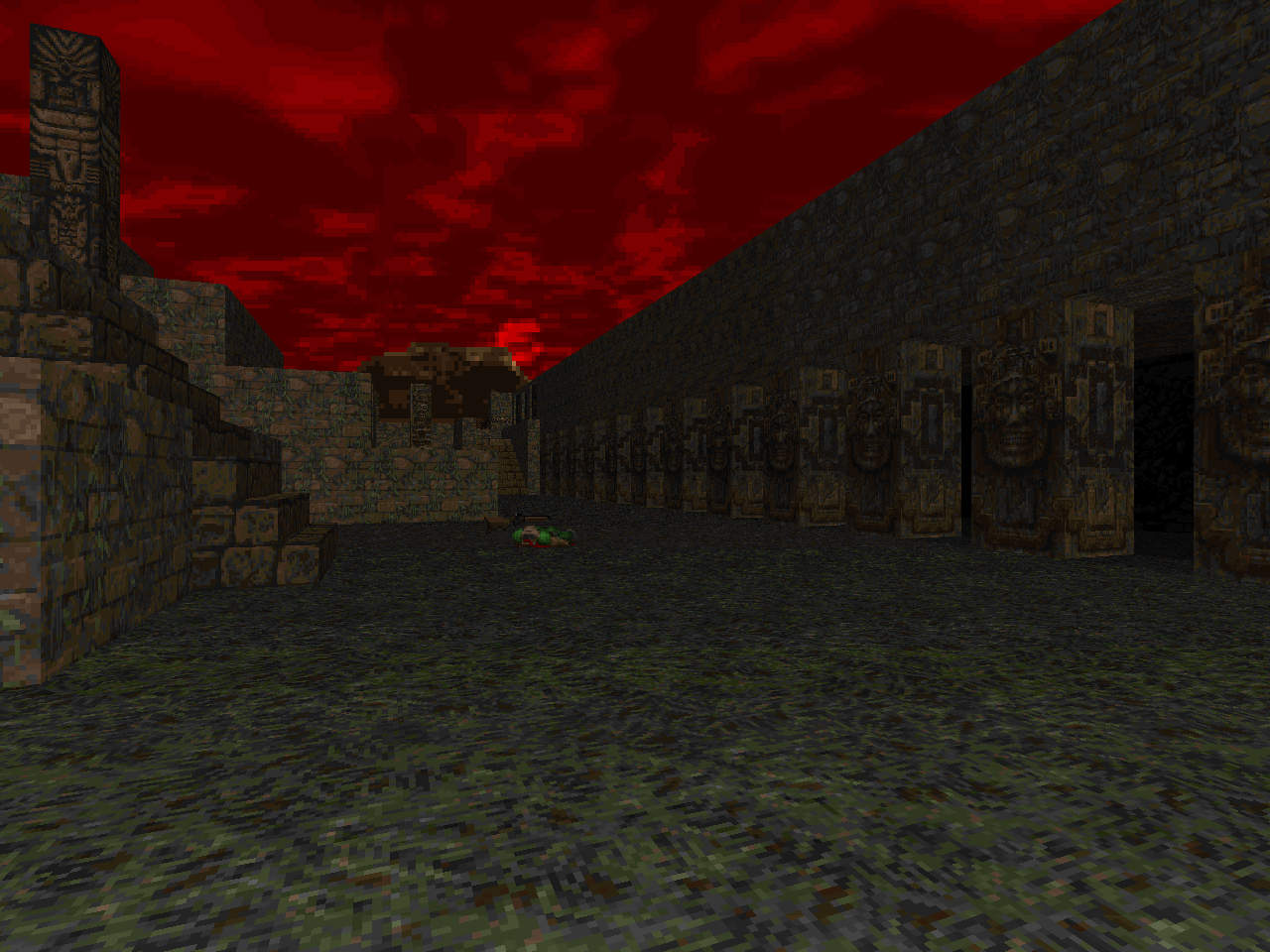
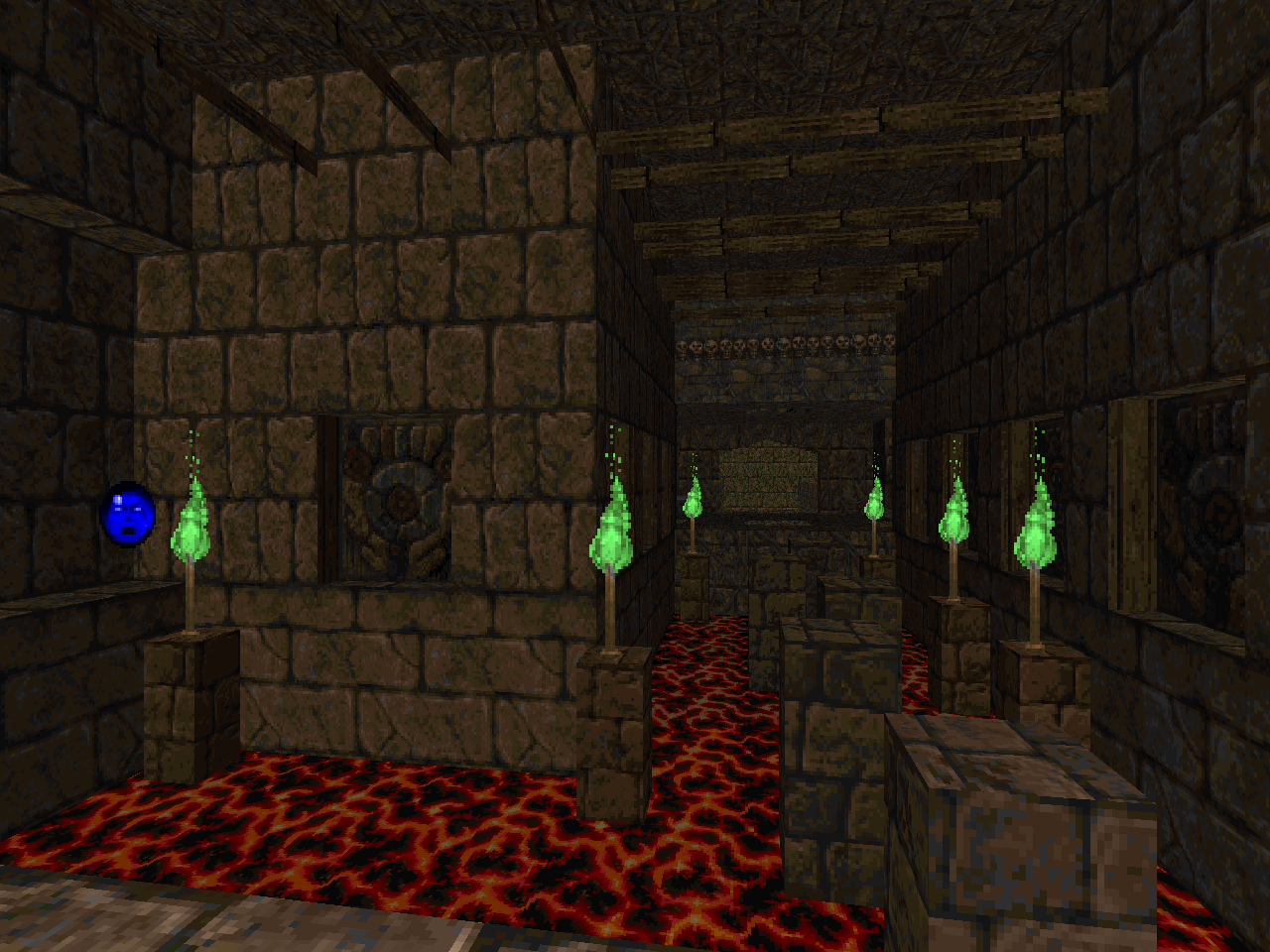
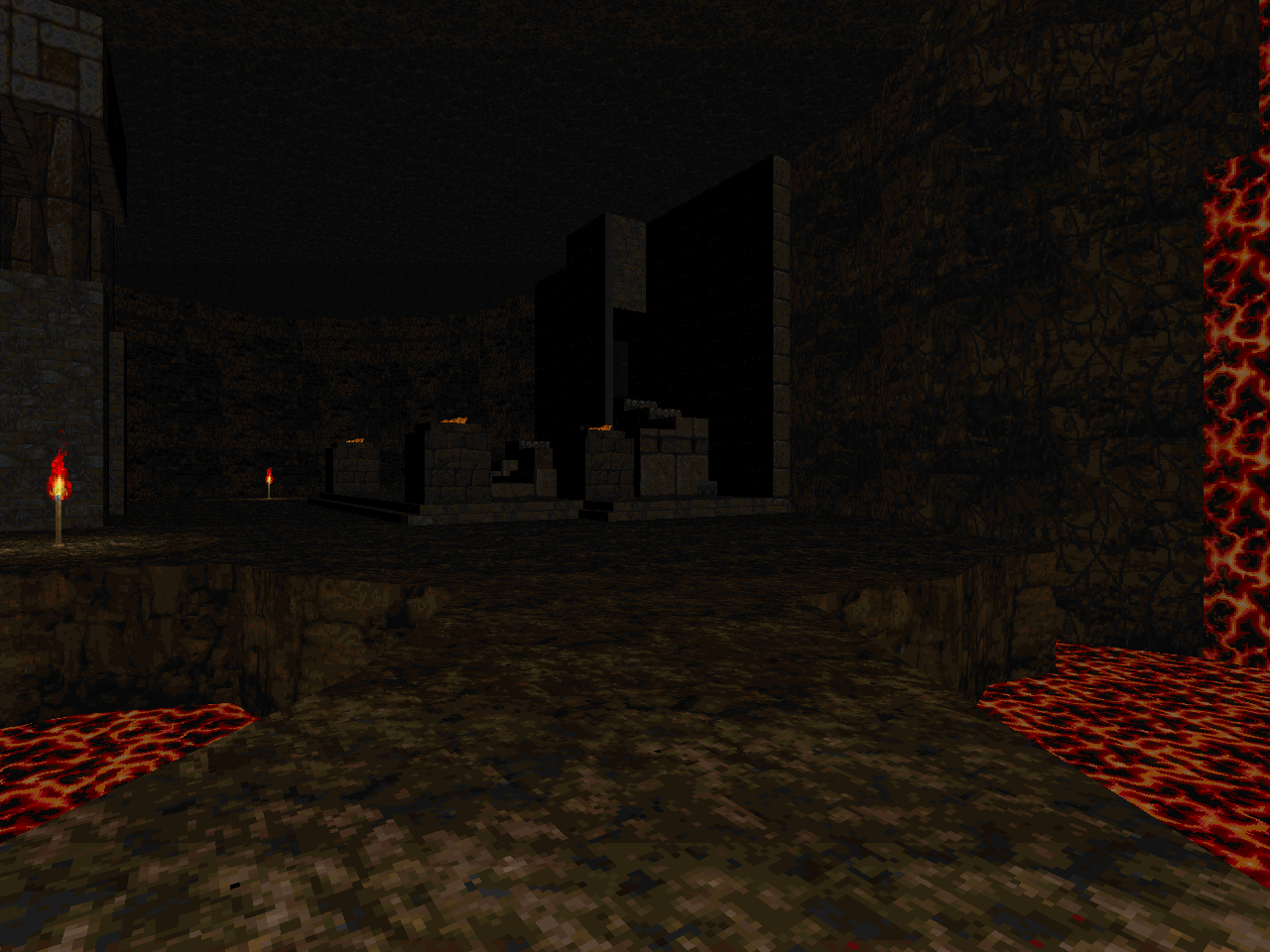
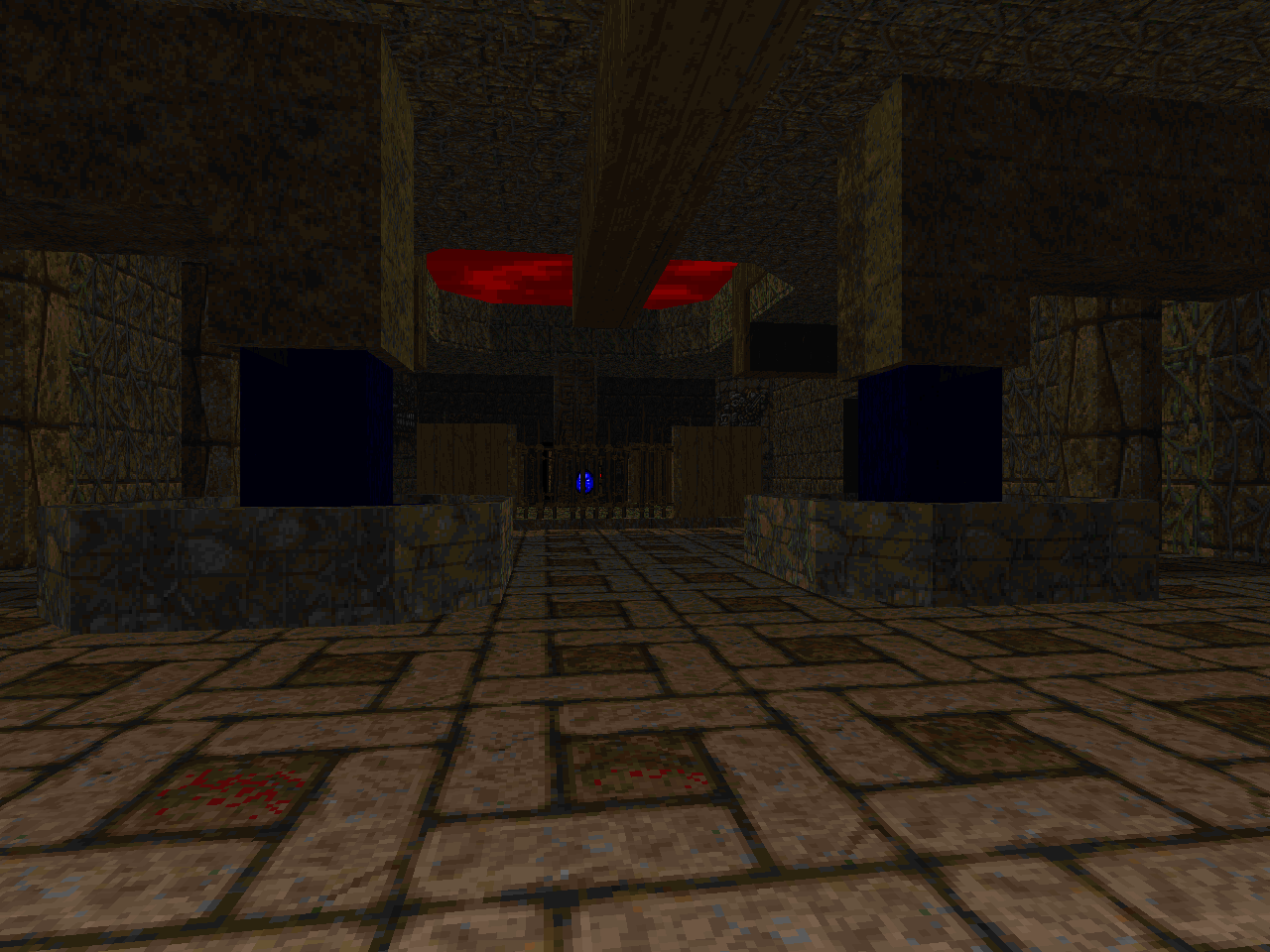
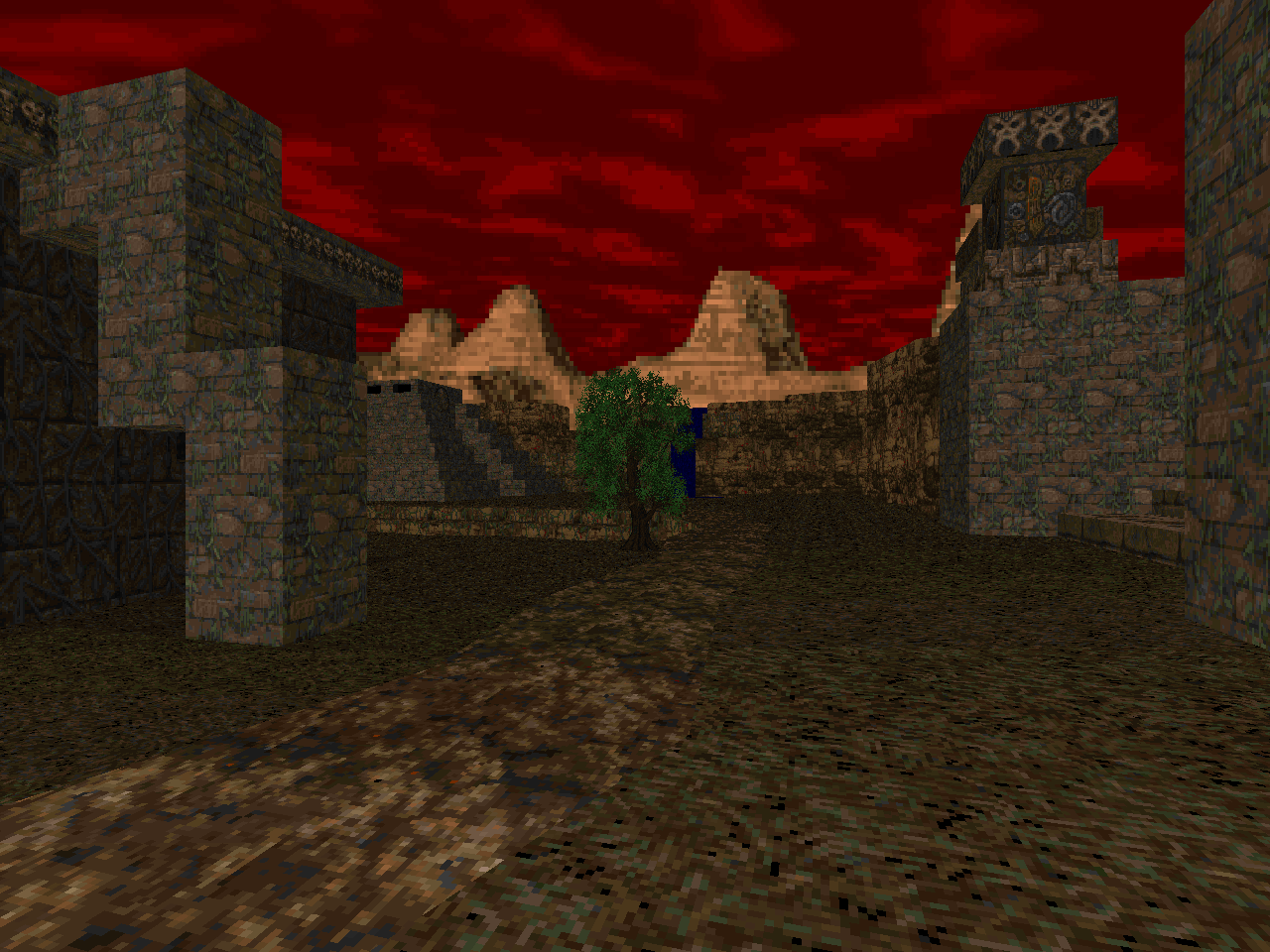
I remember really enjoying this one, and I still use it often for testing weapons mods. I dug the Aztec aesthetic, too.
ReplyDeleteIn retrospect, RUINBROS looks pretty good to test stuff with. Its pistol start combat is a little overtuned and favors close-quarters combat which is where you'd rely on the niches of each particular weapon the most.
DeleteNot to mention if you make lots of mods with new guns that need testing, the iwads get boring real fast.
DeleteThis was actually one of the first PWADs I had played, and yes, it was the unique (relatively speaking for Doom anyway) aesthetic that drew me to it. I think I found Mayan Mishap via this blog shortly after.
ReplyDeleteI always thought people could do more with Hexen II resources. I see them in Quake sometimes (e.g. Arcane Dimensions).